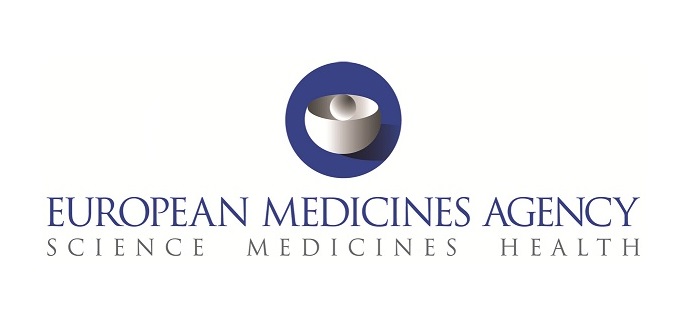Colistin-containing medicines should only be used as a second-line treatment in animals with future sales being minimised across all EU member states, according to new recommendations issued by the European Medicines Agency (EMA).
The EMA, whose priority is to reduce the risk of antimicrobial resistance, released its “second-line” call after taking account of comments made by stakeholders during a public consultation that ended last month.
The European Commission (EC) had asked for an updated response from the EMA following the discovery of a new resistance in bacteria to colistin. This was caused by the mcr-1 gene which was seen for the first time in bacteria isolated from pigs, pork and chicken products, and in bacteria from a small number of humans in South China. In addition, it was subsequently found in the EU, including in relation to pigs in the UK.
“The goal is now to cut colistin sales by 65%, compared to present levels,” said the EMA. “To help achieve this over the course of the next three to four years, all member states should reduce the use of colistin in animals at least to a target level of 5 mg colistin/population correction unit (PCU).”
If successfully applied, it is believed this could result in the desired 65% cut, building on the decrease in colistin sales for veterinary use which has already been seen between 2011 and 2013.
“Member states are also encouraged to set stricter national targets, ideally below 1 mg colistin/PCU, as a desirable level,” said the EMA.
Current users of colistin, furthermore, have been urged not to merely replace the items with other types of antimicrobials, but to address relevant health issues through other measures, such as improved farming conditions, biosecurity between production cycles and the vaccination of livestock.
The EMA also wants colistin to be reclassified and added to category 2 of the relevant classification system, a section which includes medicines reserved for treating infections in animals for which no effective alternative treatments exist. This category includes certain classes of antimicrobials listed by the World Health Organization as being “critically important to human health”.
Because of the risk posed to public health by their veterinary use, these medicines are already subject to specific restrictions.


